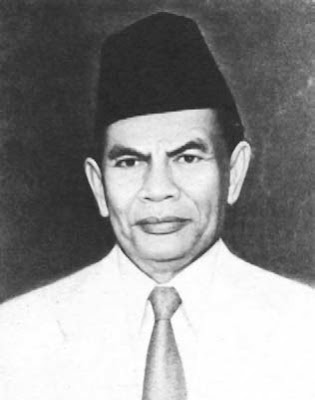 |
| the Indonesian Youths in the second congress 27th & 28th of October 1928 Courtesy of Google Image |
I
was born on 28th of October which for Indonesian people, it is a
historical day and formally celebrated by holding a flag ceremony in fields,
offices’ yard, and also schools’ yard. This day is called as the day of Sumpah Pemuda (Youth’s Pledge). Precisely,
it was 27th and 28th of October 1928, 17 years before the
Indonesia’s independence, the Indonesian Youths from all of the islands were
getting together in Batavia (today known as Jakarta) in the youth’s congress
and declared their pledges and recognition to Indonesia as a sovereign and
independent country. Their pledges consist of three main points which are
presented below – followed by the English translation.
1. Kami Putra dan
Putri Indonesia, mengaku bertumpah darah yang satu, Tanah Indonesia.
We the sons and daughters of Indonesia, acknowledge
one motherland, Indonesia.
2. Kami Putra dan
Putri Indonesia, mengaku berbangsa yang satu, Bangsa Indonesia.
We the sons and daughters of Indonesia, acknowledge
one nation of Indonesia.
3. Kami Putra dan
Putri Indonesia, menjunjung Bahasa persatuan, Bahasa Indonesia.
We the sons and daughters of Indonesia, respect the
language of unity, Indonesian.
 |
| Soegondo Courtesy of Google Image |
 |
| Moehammad Yamin Courtesy of Google Image |
This formulation was written
in the last seconds of the congress by Moehammad Yamin. He wrote it and showed
it to Soegondo while Mr. Sunario was in the middle of his speech. Moehammad
Yamin showed the paper to Soegondo while whispering in Dutch “Ik heb een eleganter
formulering voor de resolutie (I have a more elegant formulation for the
conclusion of the congress). Then Soegondo signed it as he agreed with
Moehammad Yamin, followed by the other attendants of the congress. The pledges
were read by Soegondo, then explained at length by Moehammad Yamin.
 |
| the situation captured in the second youth congress 27th & 28th of October 1928 Courtesy of Google Image |
Until this present
time, these pledges are really powerful as a way of uniting Indonesia
archipelago, as what is known as a sovereign and independent country; Indonesia,
with its language of unity; Bahasa Indonesia.
Our predecessors were
giving all of their blood and power in order to build this country up, unite
the islands whose various tribes, local cultures and languages. They struggled
so hard to make this happen and also fought the imperialists. Hopefully, we
will never forget the history on how they stood still to be an independent
country.
As a Bahasa Indonesia
teacher for foreign students, I would like to quote the saying to support Indonesia
in terms of its languages. It says:
“Preserve Local Languages – Love Bahasa
Indonesia – Master Foreign Languages.”

Comments
Post a Comment